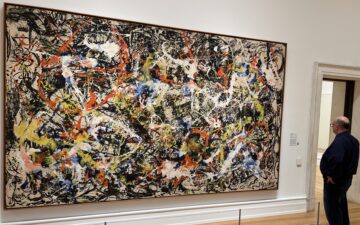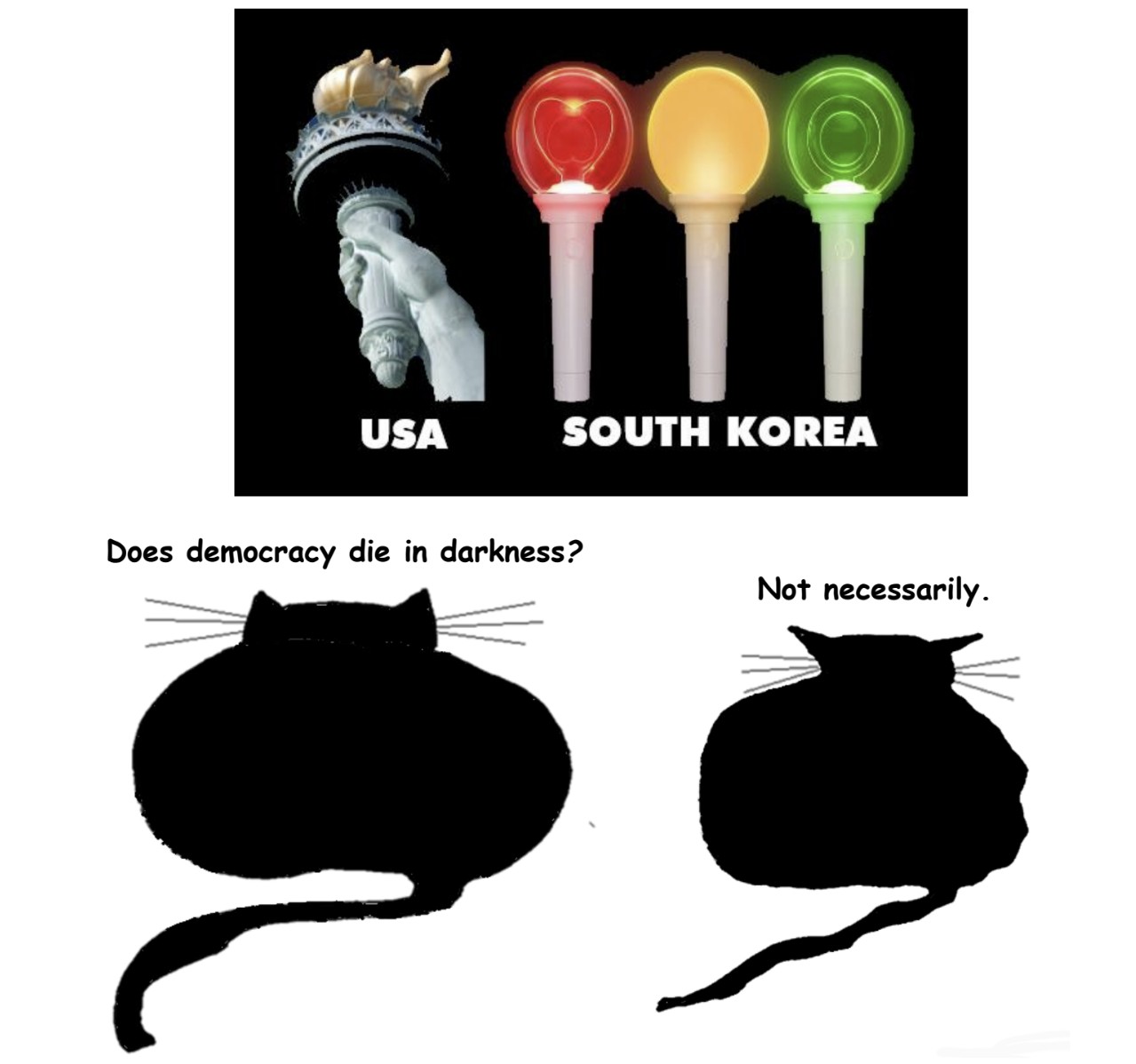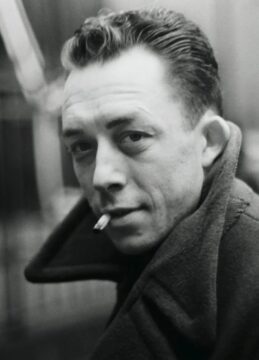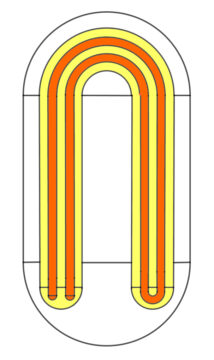by Nils Peterson
Santa, A Better Understanding
The Christmas song we all know has got it all wrong. “Better watch out, Better not cry, Better not pout, I’m telling you why, Santa Claus is coming to town.” This turns his gifts into a payoff. You do this and you’ll get that. It’s salary. But a gift isn’t salary. A gift is like grace, something you are given, not something you have earned or deserve. That’s where the real Santa comes in. He wants to give you something because you’re part of creation and you’re you. Indeed, the creation is one of his gifts.
CFO’s have taken over Christmas and tried to make a gift part of their accounting department. Their carrot and stick: if you don’t act right you won’t get gifts. The sense is that if you aren’t deserving, deserving meaning acting the way they think you should act, you won’t get anything, or, maybe, a lump of coal in your stocking while sister gets an orange. But Santa is better than that. The world is better than that.
Christmas Mysteries
Christmas morning. I wake early
to a strange noise from below,
and, in my footed pajamas, holding
on to the railing, I creep down the
shadowy stairs leading from the
chauffeur’s flat to the workroom
below. Of all things, there’s my
father bending over an electric train
whizzing round and round an oval
track nailed to a piece of plywood.
He doesn’t see me, but I watch him
caught as he is in the mystery of train
lights, ruby and white, circling in
the half-darkness. For awhile I don’t
make a sound, but watch him,
wondering about his strange smile.
All these years later, I tiptoe down
the stairs again, now understanding
the poverty of his childhood
and the jobless years of the Depression,
and I watch him and imagine him thinking –
I am able
to give to my children,
for Christmas,
this wonder.
P.S. The song, though it doesn’t know it, has one line we need to appreciate – “So be good for goodness sake.” Think about it. N
A Wish for the New Year
the year is a road
that turns on its way
where we are seems clear
and maybe next day
but then in its going
it bends out of sight
we follow its flowing
with all our unknowing – NP
“Ye shall have a song … and gladness of heart.”
The thought comes from Isaiah, “Ye shall have a song, as in the night when a holy solemnity is kept; and gladness of heart, as when one goeth with a pipe to come into the mountains of the Lord.”
So not only a song, but a particular kind of song – an “as in the night when a holy solemnity is kept” kind of song, not only gladness, but a particular kind of gladness – an “as when one goeth with a pipe” kind of gladness. And if you “goeth” you must be heading somewhere. The text says, “to come into the mountains of the Lord.” Wherever you find your “mountains of the Lord,” you’d want go there carried by the joy of your own music.
I first met this verse more than 70 years ago singing Randall Thompson’s Peaceable Kingdom with my old college choir. I can close my eyes and sing it again with my friends, auld lang syne indeed. And remembering further, here’s the text of almost the penultimate song of that piece, also from Isaiah, “The paper reeds by the brooks, by the mouth of the brooks, and everything sown by the brooks, shall wither, be driven away, and be no more.” It too is a marvelous in its dark, descending chords and thoughts. Wonderful music to sing, but “Ye shall have a song and gladness of heart” answers the darkness with a fine antiphonal eight-part chorale full of joy and gladness, gladness of heart. Isn’t that the best gladness? “Gladness of heart.”
My New Year’s Wish for Us All, “Ye shall have a song … and gladness of heart,” No, I should say “We shall have a song…and gladness of heart.”
A New Year’s Question. Coleman Barks in his book The Scrapwood Man asks “I would like to know what you have escaped, how you slipped free from some compulsion or inherited condition. What moved your story along?”
“What moved your story along?” A great question to ask at the beginning of a new year and to think about now and again as the year winds on its way.

 Sughra Raza. Cambridge In The Charles, December, 2024.
Sughra Raza. Cambridge In The Charles, December, 2024. I will be in Strasbourg, France during Christmas this year, spending time with my 96 year old father who talks about his mother, my mother, and his cousins, all gone now, but seemingly alive to him.
I will be in Strasbourg, France during Christmas this year, spending time with my 96 year old father who talks about his mother, my mother, and his cousins, all gone now, but seemingly alive to him.


 It sounds like a parlor trick or gimmick, to walk 2,024 miles in 2024—trivial but harmless. It’s not like hiking the Appalachian or Pacific Crest Trail or climbing the highest peak on each continent, or running a marathon. But it is similar to a marathon in that the number involved is an arbitrary product of history that can somehow be useful for guiding a person’s efforts.
It sounds like a parlor trick or gimmick, to walk 2,024 miles in 2024—trivial but harmless. It’s not like hiking the Appalachian or Pacific Crest Trail or climbing the highest peak on each continent, or running a marathon. But it is similar to a marathon in that the number involved is an arbitrary product of history that can somehow be useful for guiding a person’s efforts.





 Lorraine O’Grady. Art Is … , Float in the African-American Day Parade, Harlem, September 1983.
Lorraine O’Grady. Art Is … , Float in the African-American Day Parade, Harlem, September 1983.


 The world does not lend itself well to steady states. Rather, there is always a constant balancing act between opposing forces. We see this now play out forcefully in AI.
The world does not lend itself well to steady states. Rather, there is always a constant balancing act between opposing forces. We see this now play out forcefully in AI.